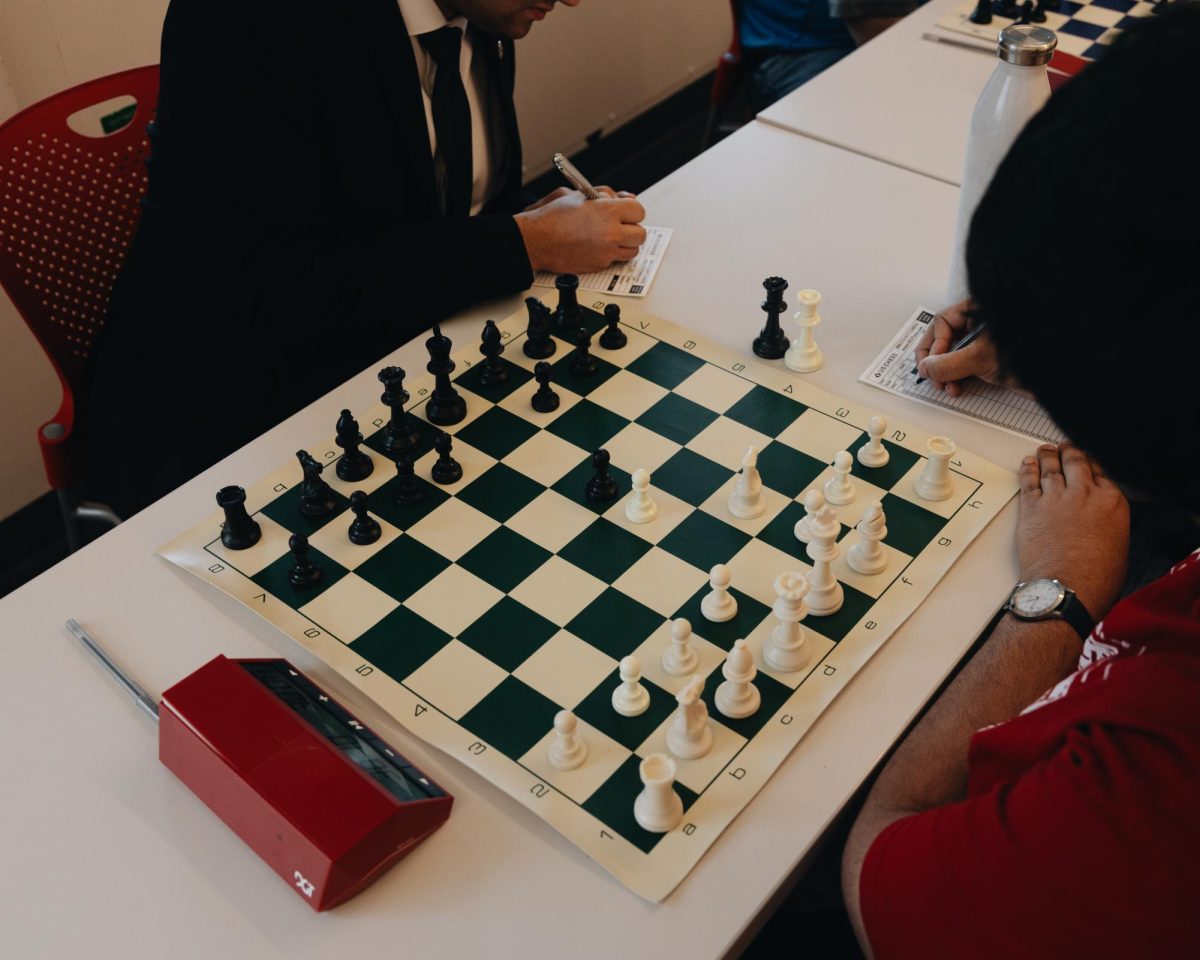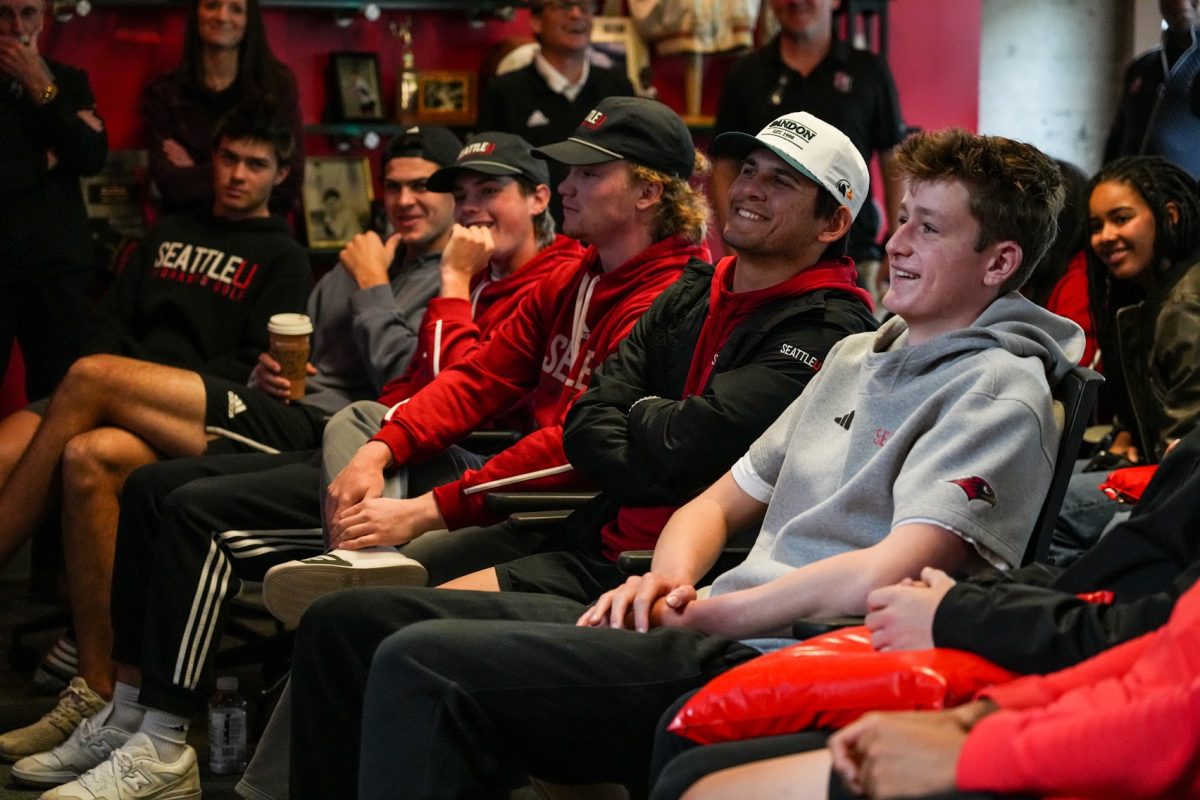Baseball has a new greatest hitter of all time, and his name is Josh Gibson.
A catcher for the Homestead Grays, the Memphis Red Sox, and the Pittsburgh Crawfords, larger-than-life stories about Gibson abound. He is largely considered one of the greatest power bats of all time and is credited in some circles with the longest home run in the sport’s history. His legend was such that shortstops would move into left field when he came to the plate. He did all of this while excelling defensively as a catcher, the most difficult defensive position in baseball.
Some readers familiar with professional baseball may be scratching their heads. There has never been a Major League Baseball (MLB) team called the Homestead Grays. If Josh Gibson were this good, he would surely be enshrined in record books and vaunted among names of his era like Babe Ruth, Lou Gehrig and Ted Williams. What’s going on here?
A memorable quote from Walter Johnson, one of the best pitchers in baseball history and the all-time leader in shutouts, helps to explain the discrepancy.
“He can do everything,” Johnson said. “He hit the ball a mile. He catches so easy he might as well be in a rocking chair. Throws like a rifle. Too bad this Gibson is a colored fellow.”
In short, Josh Gibson was Black and banned from playing in the MLB due to the color of his skin. For nearly a century, the league furthered the injustice by electing to ignore statistics put up by Black players over a 28-year period in the Negro Leagues. On May 28th, 2024 they announced that these numbers would finally be counted. This means that Gibson suddenly leads multiple major statistical categories, including career batting average (.372), career slugging percentage (.718), and OPS (1.177). Each record had previously stood for 90 years. With the revelation, Gibson cements his position as arguably the best baseball player to have ever lived.
But there are some arguing that Negro League statistics and records should not be included. After all, Negro League seasons were much shorter than MLB ones, leading to larger variance in average-based statistics. The competition was generally much more lopsided with a few “superteams” every year that would regularly thrash less well-funded organizations. In short, the Negro Leagues were different enough that their records should stand separately.
This claim, while persuasive on the surface, fails to stand up to stricter scrutiny. If the Negro League players should be disallowed from holding records, it follows that other players who competed in leagues that were sufficiently dissimilar to modern baseball should be banned as well. But this argument fails when considering the fact that some of baseball’s most vaunted records were set at times when the game was almost unrecognizable.
In 1912, Chief Wilson hit 36 triples, an MLB record to this day. In 1912, baseball stadiums were much larger than they are today. Perhaps the most notable example was the historic Polo Grounds, measuring 480 feet to dead center, dimensions which left more room for extra-base hits. They also featured obstacles that hindered the fielder (such as the famous monuments in Yankee Stadium’s outfield) or allowed for ground rule triples. Fielding strategy of the day positioned outfielders much shallower, giving up more deep hits for better plays on soft fly balls or line drives.
In short, triples were much, much easier to hit in 1912. The game has changed in such a way that no player, no matter how good a hitter, will ever reach 36. In the past five seasons, exactly one player has even surpassed 10 three-base hits. Yet Wilson’s record stands and nobody is arguing that it should be discounted because of differences in the game.
Similarly, nobody believes that perhaps the most objectively impressive baseball record, Calvin Ripken Jr.’s 2,632 consecutive games played (over 16 full seasons), should be scrubbed from the annals of baseball history because it occurred at a time before managers learned that their stars performed better if given regular rest days throughout a season. Nor that Cy Young’s eye-popping 511 wins should be erased because pitchers were permitted to start games more than once every five days in 1898. Yet old baseball heads balk at admitting Gibson’s career .372 batting average because of the unique factors of his era.
For Young and Ripken, the factors included managerial preferences and game-speed changes. For Wilson, they were the dimensions of the field of play and defensive alignments. In Gibson’s time, it was pervasive racial injustice in American society that prevented one of the most talented men to ever pick up a bat from ever setting foot on a professional baseball diamond. Anybody who doesn’t take issue with Wilson, Ripken or Young’s records should be hard-pressed to deny Gibson.
Gibson was regularly referred to as the Black Babe Ruth during his career. Negro League fans at the time joked that if the world were more equitable, Ruth would instead be called the white Josh Gibson. Now that Gibson has officially surpassed two of Ruth’s most potent all-time records, the quip seems even more prophetic.
As has hopefully been illustrated in this piece, arguing for the “best” baseball player based on statistics from across time is ultimately a ridiculous exercise. But as long as we insist on doing it, Josh Gibson deserves to take his place atop baseball’s pantheon of greats.


![Josh Gibson Supplants Ty Cobb, Babe Ruth, as Baseball’s Best Hitter [OPINION]](https://seattlespectator.com/wp-content/uploads/2024/05/gettyimages-72075891-1200x675.jpg)
![A Case For Pickleball [OPINION]](https://seattlespectator.com/wp-content/uploads/2025/05/Pickleball_Design-1200x900.jpg)





K Sny
May 31, 2024 at 10:41 am
This is really absurd. Josh Gibson, though a great player played against
inferior competition over all. Yes, there were many great Negro League players but at 1/10th the White population the Negro League had far less good players. The overall competition would be considered AAA/AA by the standards of the day. Let us recognize their stats in their league.